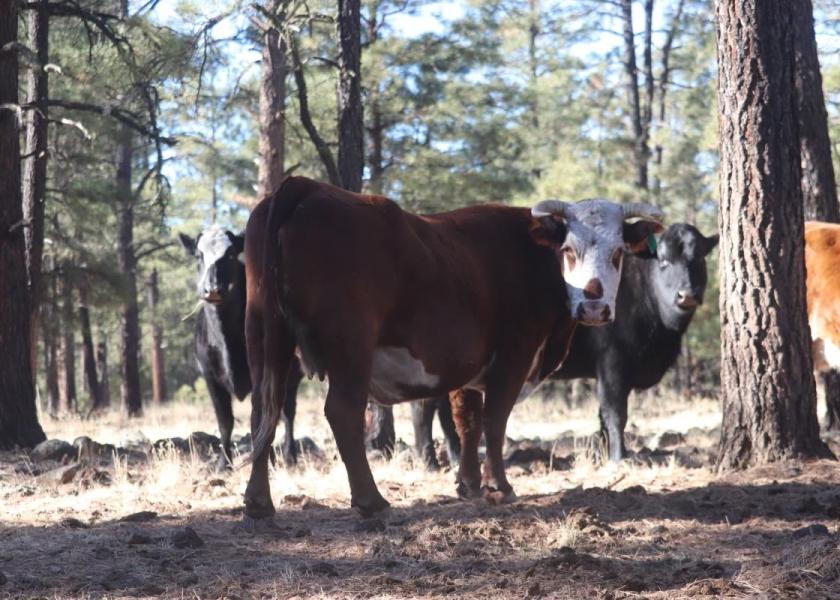Controversial U.S. Cull Kills 19 Feral Cattle in New Mexico Wilderness Area

Nineteen feral cattle have been shot from a helicopter by federal employees in a New Mexico wilderness area in a cull opposed by ranchers and criticized by the state’s governor.
The U.S. Forest Service (USFS) said the three-day operation was the most efficient way to stop the undomesticated animals destroying endangered species' habitats and menacing hikers in the Gila Wilderness of southwest New Mexico.
Ranchers tried to block the cull in court saying it was inhumane and could mistakenly kill privately owned cattle that had strayed after breaking through fences. An animal welfare group called for a roundup and New Mexico Governor Michelle Lujan Grisham said the USFS failed to engage with locals over the issue.
The aerial shoot, the second in as many years, targeted an estimated 150 stray or unbranded cows but four sweeps over the Gila's mountains and canyons found a fraction of that number, the USFS said.
“Ground-based and aerial removal efforts since October 2021 have substantially reduced the feral cattle population,” Camille Howes, Gila National Forest supervisor, said in a statement on Tuesday.
Aerial hunting of feral hogs and predators like coyotes is a common practice in the American West but efforts to gun down undomesticated cattle have met protest.
A judge ruled against The New Mexico Cattle Growers Association (NMCGA), saying only one of around 300 feral cattle rounded up or shot in several decades had been branded, meaning it was privately owned.
Connecticut's Cathy Kangas Foundation for Animals said it got no reply from the USFS when it offered to pay for a roundup.
The USFS said about half of cattle removed by roundups do not survive due to stress or injury and shooting the feral animals was more humane than driving them over the Gila's rugged terrain.
(Reporting By Andrew Hay in Taos, New Mexico; Editing by David Gregorio)







